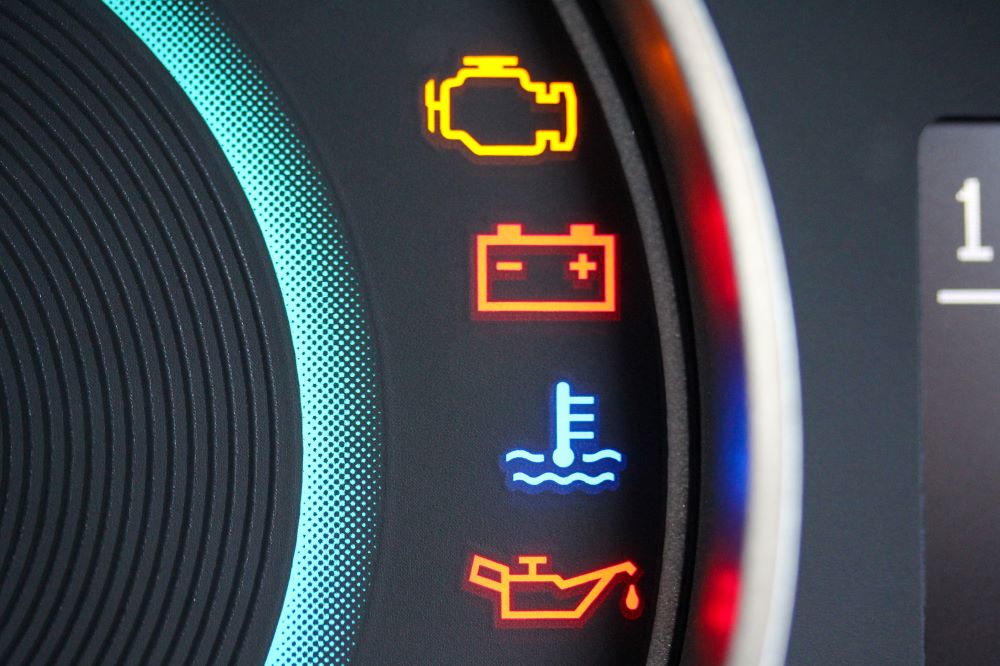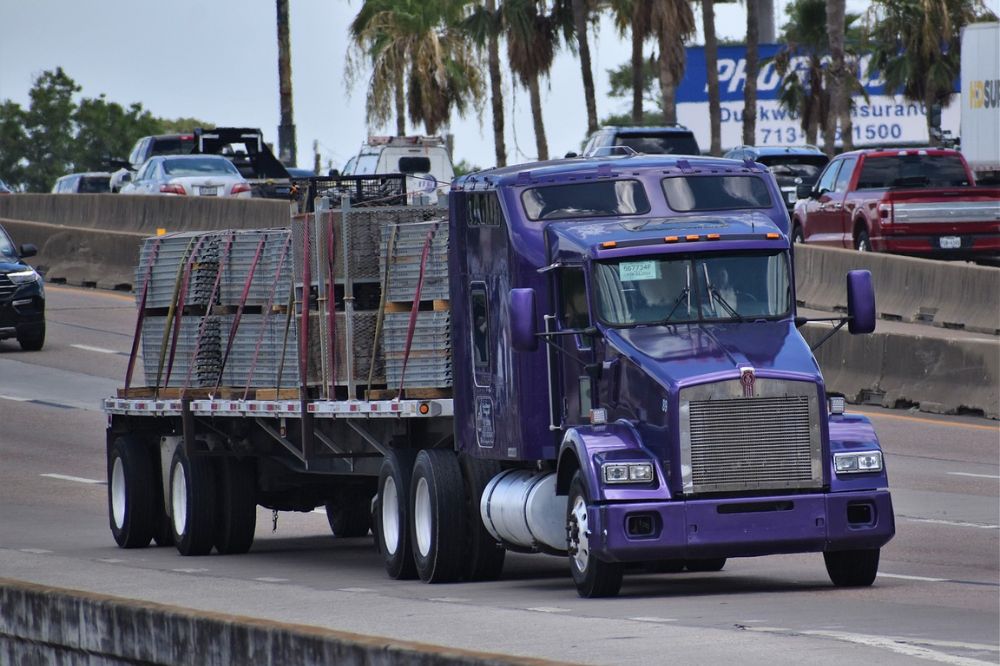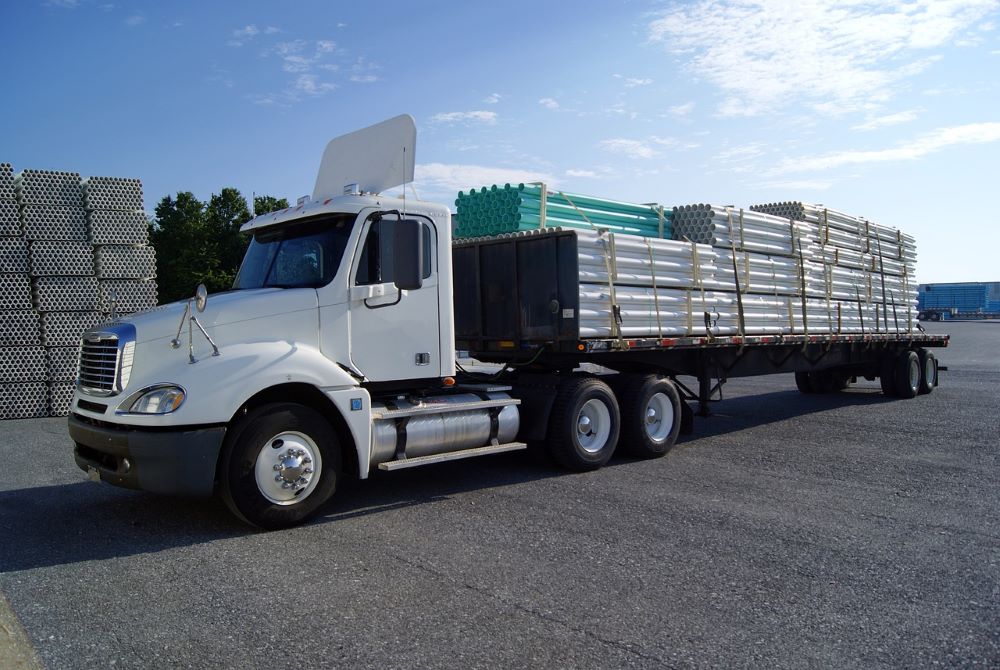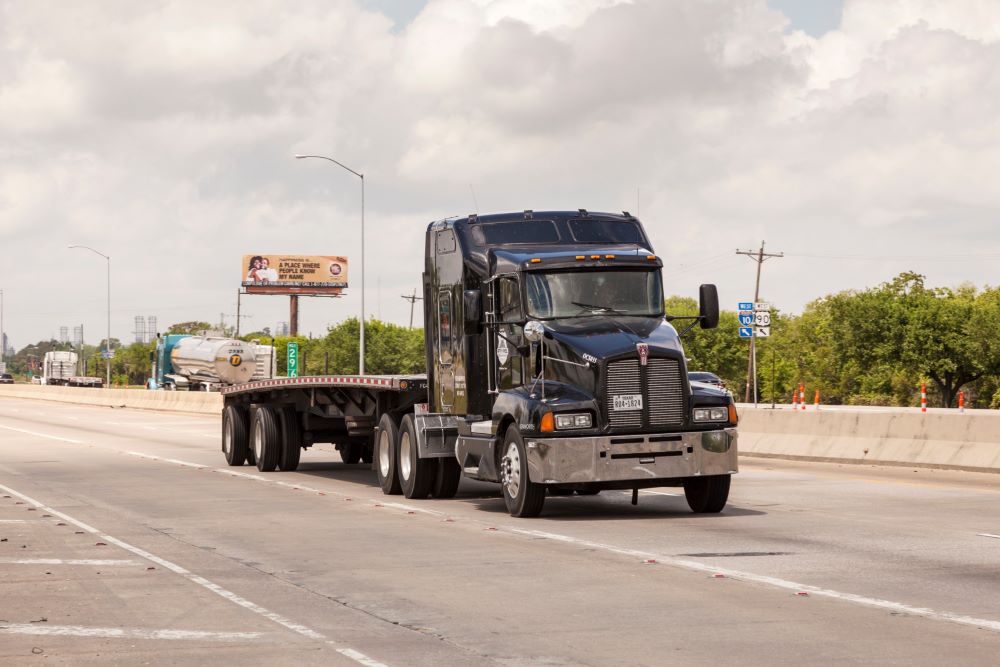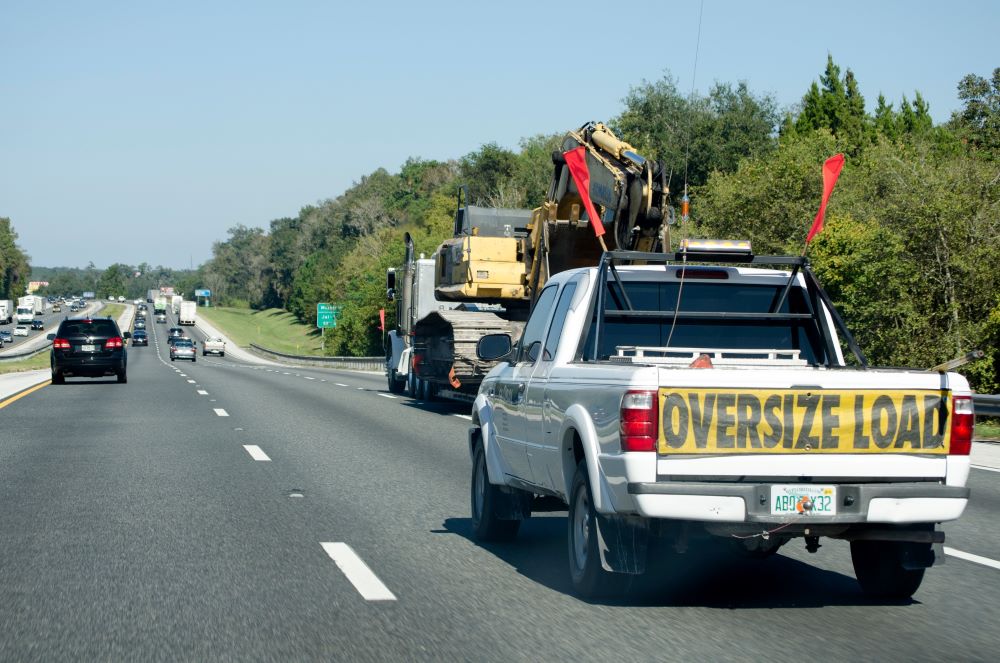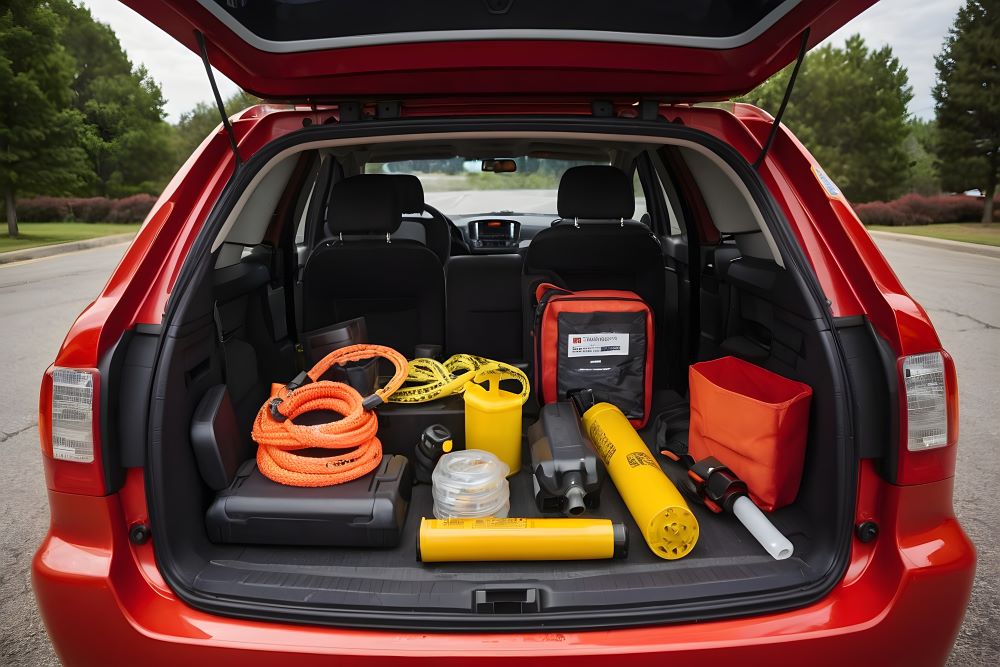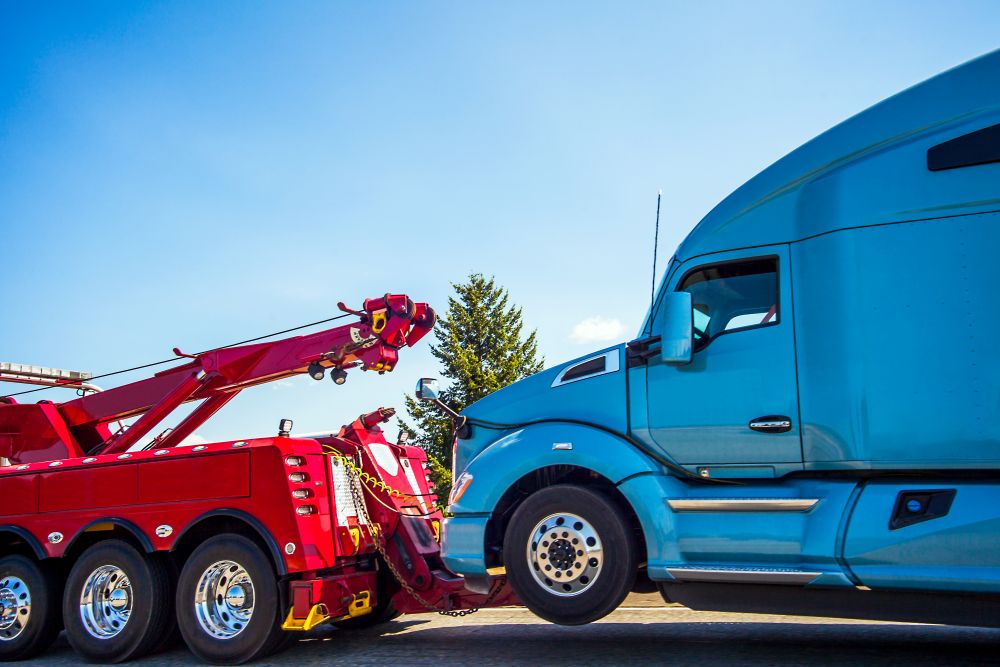
Semi-truck towing is a critical operation in the trucking industry. It provides a lifeline when unpredictable events occur, and trucks fail while on the road.
The towing process is not straightforward, though. You must understand your state’s semi-truck towing regulations and ensure you have the correct equipment plus skillset to tow trucks safely.
This guide provides everything you need to know about semi-truck towing — from the different types of towing services available to tips on selecting the right provider — helping you navigate the process with confidence when the need arises.
What is Semi-Truck Towing?
Semi-truck towing involves moving large commercial vehicles like tractor-trailers, 18-wheelers, box trucks, and tankers using specialized equipment. Unlike towing smaller cars with a standard tow truck, this process requires heavy-duty tow trucks and skilled operators to transport massive, inoperable trucks to their destinations safely.
Common Reasons for Semi-Truck Towing
Commercial vehicles can face unexpected breakdowns on the road, requiring prompt towing to ensure safety. Some of the most common issues that can leave your semi-truck inoperable and in need of towing services include:
Mechanical Failures
Large trucks are complex machines with several moving parts. Prolonged use or improper maintenance can cause different parts to wear and tear, leading to mechanical issues that result in unexpected breakdowns. Some common mechanical problems you’re likely to face include:
- Engine Problems: Overheating, fuel system malfunctions, or electrical failures can cause the engine to shut down, leaving the truck inoperable.
- Brake Failures: Malfunctioning brake systems, often caused by air leaks or worn brake pads, can compromise safety and require immediate towing assistance.
- Transmission Issues: Difficulty shifting gears or transmission fluid leaks can prevent the truck from moving, especially under heavy loads.
- Tire Blowouts: Damaged or underinflated tires can result in blowouts, making the vehicle unsafe to drive and needing roadside assistance or towing.

Accidents & Collisions
Large truck accidents have increased by nearly 49% in the last ten years. Some of these accidents can be severe, leaving your vehicle too damaged to drive. For such cases, you’ll require a semi-truck towing service with the correct towing equipment to move your semi-truck to a storage yard or repair facility.
Weather-Related Incidents
Snow, ice, high winds, and other harsh weather conditions significantly increase the risk of road accidents for large trucks. These conditions also make towing damaged heavy vehicles more challenging, as icy roads reduce traction and stability. Tow truck operators often rely on tire traction aids, snow chains, and specialized equipment to safely recover and transport vehicles in such weather.
Load Shifts & Overturns
Besides towing damaged and stranded vehicles to repair or storage facilities, towing services can help address load shifts and overturns to prevent freight damage or accidents. To do this, tow truck drivers will use specialized tools, like safety chains, load bars, and straps, to reposition and tightly secure the cargo back in place.
Types of Semi-Truck Towing Services
Tow trucks are categorized into different classes, each designed for specific towing jobs. Because of this, semi-truck towing services offer various options using specialized tow trucks to meet different needs. Below are some of the most commonly requested towing services in the trucking industry:
Heavy-Duty Towing
Heavy-duty towing services handle heavy commercial vehicles with a gross vehicle weight rating of about 17,000 pounds and above. These services often use heavy-duty tow trucks with hydraulic winches and other specialized equipment to avoid further damage to the vehicle in tow. Some examples of trucks towed using heavy-duty tow trucks include construction vehicles and other big rigs.
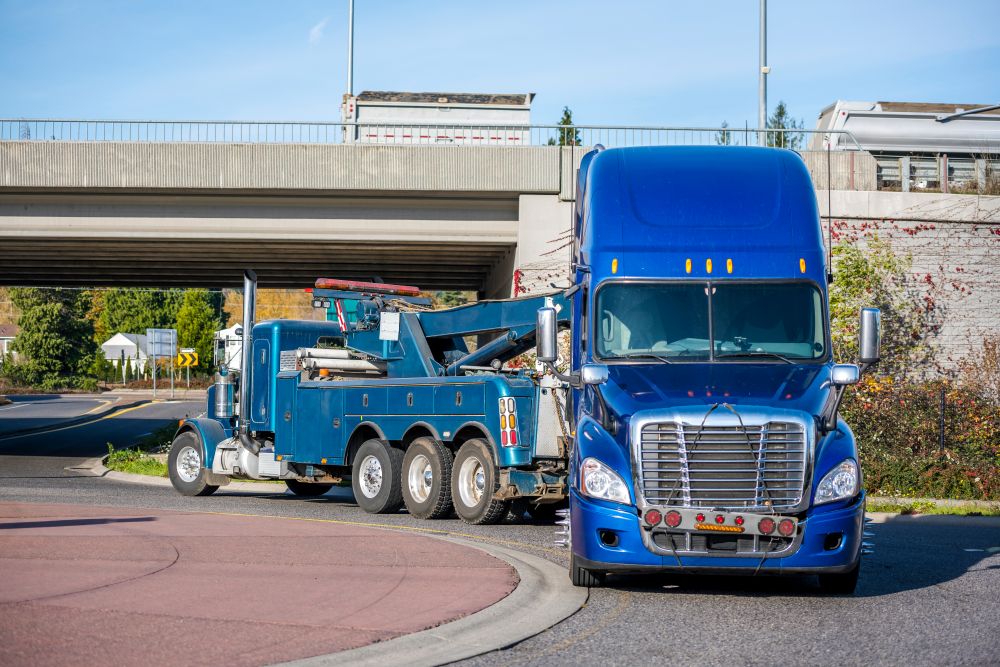
Rotator & Crane Recovery
Vehicle recovery towing services rely on rotator crane trucks to recover overturned vehicles or those stranded in ditches. Equipped with a boom that can rotate 360° and extend up to 30 feet high, these trucks offer exceptional lifting and maneuvering capabilities. Their versatility makes them ideal for retrieving vehicles from tight or hard-to-reach spaces, ensuring safe and efficient recovery.
Flatbed & Lowboy Trailers
With flatbed towing, semi-truck tow companies use flatbeds or lowboy trailers to carry the entire vehicle. These services come in handy when moving severely damaged commercial vehicles from crashes. Usually, the back section of the truck is flat and hydraulically inclines or slides to ground level so the damaged vehicle is placed on it.
Winching & Pull-Out Services
Winching or pull-out services extract trucks from difficult terrain, such as muddy pits, snow, or water. While the vehicle may not be damaged, it is often too deeply stuck to regain traction and requires specialized equipment to pull it out safely.
Choosing the Right Towing Provider
Towing companies operate differently, especially when moving heavy-duty trucks. To find a reliable towing service provider who can move your semi-truck safely and avoid further damage during towing, look for the following:
Experience and Expertise
Does the towing company have the correct certifications and licensing to perform towing services in your state? Ask about their qualifications, the types of tow trucks they can handle, and how long they’ve been in operation.
Response Time and Availability
Breakdowns happen unexpectedly. Work with a towing company that’s available 24/7 and offers emergency towing services round the clock. This way, you’ll get the roadside help you need at any time of the day or night.

Customer Reviews and Reputation
Check ratings and reviews of a towing company before you work with them. You’ll get insight into the provider’s track record and overall customer satisfaction. Reading firsthand customer accounts helps you understand the company’s service quality.
Remember, an incorrectly done towing job can cause more damage to your vehicle, leading to more expensive repairs.
Service Area Coverage
Consider your trucking operations when choosing a towing service partner. If your semi-trucks cover a wide area, you need a towing service provider with an equally wide service area coverage to ensure they can reach you whenever you require their services. Choose a company with multiple locations or a sizable network of affiliated towing companies in the states you operate in.
Cost Considerations & Insurance Coverage
On average, standard towing services for a tractor-trailer cost between $300 and $600, whereas those of a semi-truck range from $500 to $1,500. But these rates can increase further based on several factors, such as:
- Distance and location. Towing fees vary depending on the location of the semi-truck breakdown and the distance the vehicle needs to get towed. The longer the distance, the higher the rates.
- Size and weight of the vehicle. Larger and heavier trucks require more powerful towing equipment, which is generally more expensive to maintain and challenging to operate. This can contribute to higher costs.
- Situation-specific factors. Challenging circumstances, including harsh weather conditions, adverse terrain, or the need for more assistance, will almost always increase your towing costs.
It’s essential to note that you don’t have to cover towing expenses out-of-pocket. Your commercial truck insurance provider can cover towing costs if you purchase roadside assistance or towing coverage.
Most insurance companies offer this type of insurance as an add-on coverage option once you purchase comprehensive commercial vehicle insurance policies. Check out our quick guide on add-on coverage to learn more about roadside assistance insurance options.
Conclusion
Whether managing a fleet or one semi-truck, working with the right towing service provider will help you minimize downtime and save money. It’s also more affordable than purchasing heavy-duty towing equipment and handling towing jobs on your own unless you’re looking to venture into offering towing services as a business.
Keep in mind that you can reduce the need for towing services by performing regular truck maintenance and following safe driving practices. These proactive measures help prevent unexpected breakdowns and lower the risk of accidents, keeping your truck on the road longer.
If your vehicle fails or gets involved in an accident, and you need assistance financing its repairs, don’t hesitate to call us. At Mission Financial Services, we offer customizable commercial truck repair loans to help you avoid prolonged downtime at repair shops and keep your trucking business going.










